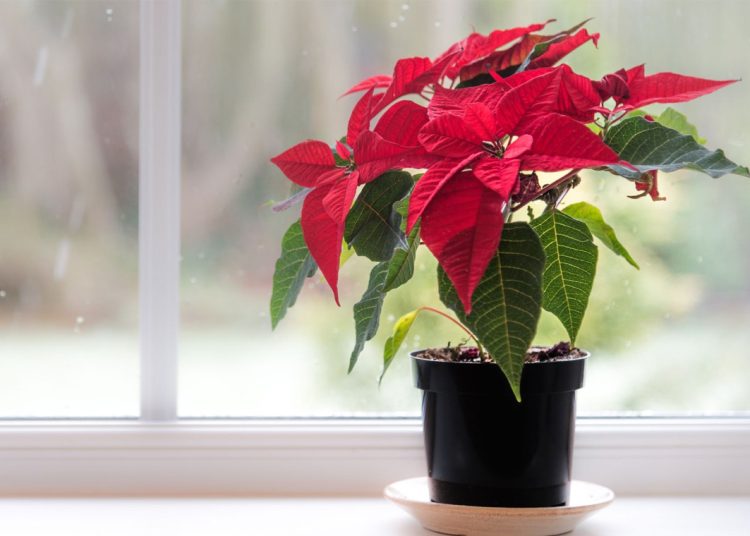Poinsettias, known for their vibrant red and green foliage, are a popular holiday plant that brightens up homes during the festive season. Though they are relatively easy to care for, knowing how to properly water a poinsettia is key to keeping it healthy and vibrant throughout the holidays and beyond.
Understanding the Needs of a Poinsettia
Poinsettias are native to warm, tropical climates, and while they thrive in bright, indirect sunlight, they also require a specific watering routine to avoid both under-watering and over-watering. This delicate balance can be tricky, as they are sensitive to their environment and can suffer if their watering needs are not met.
General Watering Guidelines
The ideal watering schedule for a poinsettia depends on several factors such as the size of the plant, the temperature of the room, and the humidity levels. However, there are a few general principles to follow:
- Check the soil: Before watering, always check the moisture level of the soil. Stick your finger about an inch into the soil to see if it feels dry. If the soil feels dry, it's time to water. If it still feels moist, wait another day or two before checking again.
- Water thoroughly: When it's time to water, ensure you water the poinsettia thoroughly, allowing the water to drain out of the bottom of the pot. This ensures that the water reaches the roots evenly and prevents water from accumulating at the bottom, which could lead to root rot.
- Avoid letting it sit in water: After watering, always empty the saucer underneath the pot to prevent the plant from sitting in excess water. Standing water can cause the roots to become waterlogged, leading to fungal infections or root rot.
Frequency of Watering
In winter (during the holidays): Poinsettias, which are most commonly purchased during the winter months, tend to require less frequent watering in colder months. In general, watering once every 3-4 days is usually sufficient when the plant is in a cooler environment, as the soil dries out slower.
- In warmer conditions: If your poinsettia is placed in a warmer area (like near a heater or in direct sunlight), you may need to water it more frequently, perhaps every 2-3 days. However, always remember that it is better to let the plant dry out slightly between waterings than to keep the soil too moist.
Signs of Over-Watering and Under-Watering
It’s crucial to understand the signs of both over-watering and under-watering, as these can cause significant damage to your poinsettia:
- Signs of over-watering: Yellowing leaves, soft or mushy stems, and a musty smell from the soil are often indicators of over-watering. The roots can become oxygen-starved and may rot, leading to the decline of the plant.
- Signs of under-watering: Wilting, dry, crispy leaves, and a general lack of vigor in the plant are signs of under-watering. When this happens, the plant may become stressed and may not recover as easily as it would from over-watering.
Additional Care Tips
To support the health of your poinsettia, consider the following tips:
- Humidity: Poinsettias prefer moderate humidity levels. If your home is very dry, especially in winter with the heating on, you might want to increase the humidity around the plant. This can be done by placing a small humidifier nearby or misting the plant lightly with water.
- Temperature: Poinsettias thrive in temperatures between 65-75°F (18-24°C). Keeping the plant in an area that is too cold or too hot can stress it and affect its water uptake.
- Avoid drafts: Keep your poinsettia away from cold drafts and hot air sources, such as radiators, as extreme temperature fluctuations can cause the plant to drop leaves or wilt.
Conclusion
Proper watering is key to keeping your poinsettia vibrant throughout the holiday season. By checking the soil regularly, watering only when needed, and making sure the plant doesn't sit in excess water, you can enjoy your poinsettia for weeks, if not months. While poinsettias are often treated as temporary holiday plants, with the right care, they can thrive well beyond the festive season and even bloom again in the next holiday season.
Remember, each plant is unique, so always take the time to assess the specific needs of your poinsettia and adjust your care routine accordingly. Happy gardening!
















